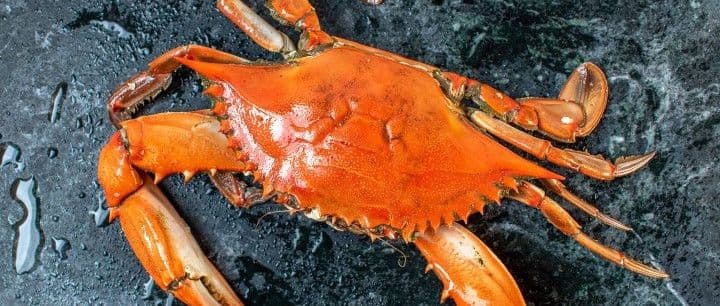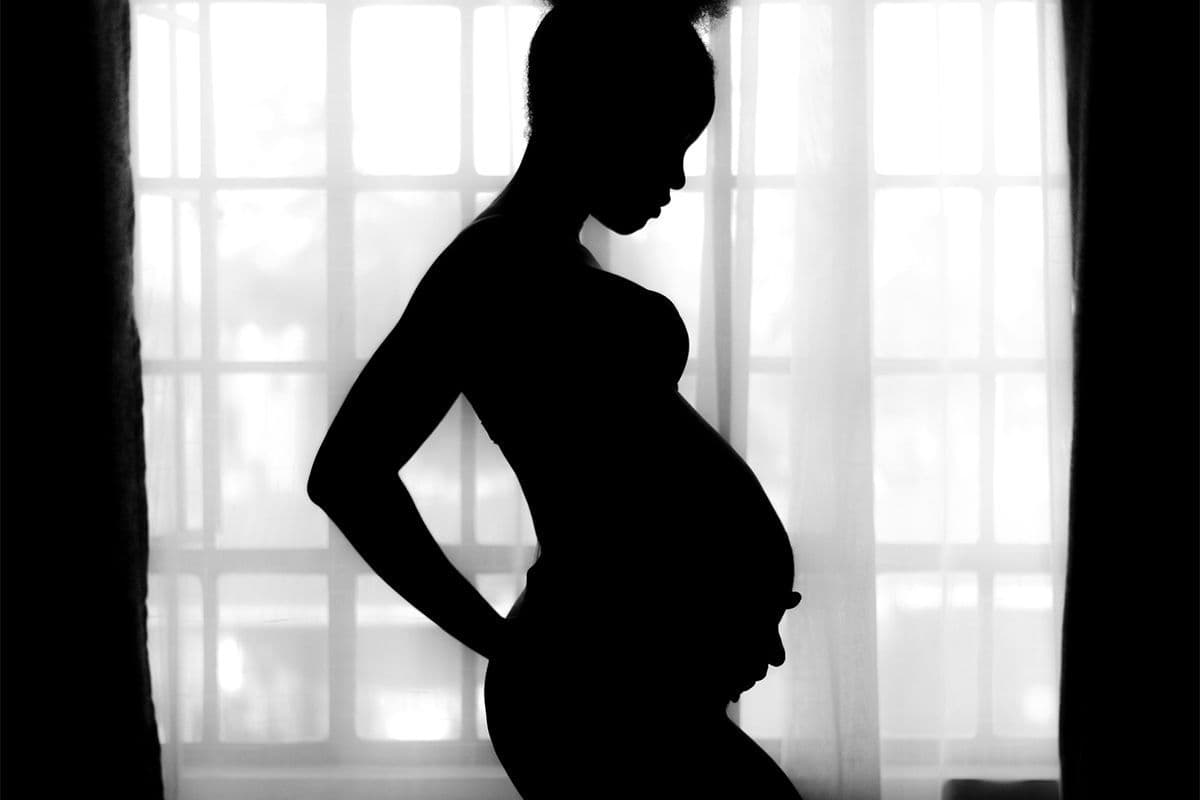Fish and Shellfish During Pregnancy
Food and Nutrition
Obie Editorial Team

It is recommended that pregnant women eat at least 12 oz of fish each week but that they avoid fish with increased mercury levels. Nearly all fish and shellfish contain traces of mercury. For most people, the risk of mercury by eating fish and shellfish is not a health concern. Yet, some fish and shellfish contain high levels of mercury that may harm an unborn baby or young child's developing nervous system.
These are recommended because they are high in omega-3 fatty acid (good!) and low in mercury:
- Salmon
- Anchovies
- Herring
- Sardines
- Trout
- Atlantic and Pacific mackerel
Do not eat the following because they contain high levels of mercury:
- Shark
- Swordfish
- King Mackerel
- Tilefish
The risks from mercury in fish and shellfish depend on the amount of fish and shellfish eaten and the levels of mercury in the fish and shellfish. Therefore, the Food and Drug Administration (FDA) and the Environmental Protection Agency (EPA) are advising women who may become pregnant, pregnant women, nursing mothers, and young children to avoid some types of fish and eat fish and shellfish that are lower in mercury.
Are there other ways to get omega-3 fatty acids?
Beyond seafood, other sources of omega-3 fatty acids include:
- Foods. Flaxseed — ground seeds or oil — canola oil, walnuts, sunflower seeds, and soybeans (edamame) are all good sources of omega-3 fatty acids.
- Fortified foods. Yogurt, milk, and eggs can be fortified with omega-3 fatty acids.
- Supplements. Supplements typically contain fish oil or omega-3 fatty acids from marine plant sources. Many prenatal vitamins also contain DHA. Talk to your doctor before taking any supplements.
Researchers have not yet determined whether supplements can promote fetal brain development as well as safe seafood. Pregnant women can get omega-3 fatty acids from many sources, most experts recommend eating recommended seafood for this purpose.
General safety recommendations for seafood
By following the following recommendations for selecting and eating fish or shellfish, women and young children will receive the benefits of eating fish and shellfish while reducing their exposure to the harmful effects of mercury.
Note: Follow these same recommendations when feeding fish and shellfish to your young child, but serve smaller portions.
- Do not eat Shark, Swordfish, King Mackerel, or Tilefish because they contain high levels of mercury.
- Eat up to 12 ounces (2 average meals) a week of a variety of fish and shellfish that are lower in mercury.
- Some of the most commonly eaten fish that are low in mercury are:
- Canned light tuna
- Shrimp
- Anchovies
- Herring
- Sardines
- Trout
- Atlantic and Pacific mackerel
- salmon
- pollock
- catfish
- Another commonly eaten fish, albacore ("white") tuna has a little more mercury than canned light tuna. So, when choosing your two meals of fish and shellfish, you may eat up to 6 ounces (one average meal) of albacore tuna per week.
- Check local advisories about the safety of fish caught by family and friends in your local lakes, rivers, and coastal areas. If no advice is available, eat up to 6 ounces (one average meal) per week of fish you catch from local waters, but don't consume any other fish during that week.
The following are a list of FAQs and topics to cover all of your seafood and pregnancy-related concerns:
- Mercury Levels in Seafood
- Fish, Mercury, and Pregnancy
- How Safe is Sushi in Pregnancy?
- How Safe is it to East Sushi or Raw Fish During Pregnancy?
- Can I Consume Omega-3s During Pregnancy?
- Is Smoked Seafood Safe During Pregnancy?
- Ciguatera Fish Poisoning and Pregnancy









